How To Use Dslr Tripod For Mobile ?
To use a DSLR tripod for a mobile phone, you will need a tripod mount adapter that is compatible with your specific phone model. Attach the mount adapter to the tripod's quick release plate or mounting screw. Then, secure your mobile phone onto the mount adapter, ensuring it is tightly held in place. Adjust the tripod's height and position according to your desired angle and composition. Use the tripod's pan and tilt controls to fine-tune the framing of your shot. Once everything is set, use the camera app on your mobile phone to capture photos or videos while the phone is securely mounted on the tripod.
1、 Adjusting the tripod height for mobile photography
To use a DSLR tripod for mobile photography, you need to follow a few steps to ensure stability and adjustability. Here's a guide on how to use a DSLR tripod for mobile:
1. Choose a tripod: Look for a tripod that is compatible with both DSLR cameras and mobile phones. Many tripods come with a detachable phone mount, allowing you to switch between devices easily.
2. Mount your phone: Attach the phone mount to the tripod head securely. Make sure it is tightened properly to avoid any wobbling or instability.
3. Adjust the tripod height: Extend the tripod legs to your desired height. Most tripods have adjustable legs with multiple sections that can be locked in place. Adjust the height according to your shooting needs, whether it's capturing a landscape or shooting at eye level.
4. Level the tripod: Use the built-in bubble level or a separate leveling tool to ensure that the tripod is perfectly level. This will help avoid any tilted or skewed shots.
5. Secure your phone: Once the tripod is set up, place your phone in the mount and tighten it securely. Ensure that your phone is stable and won't slip or fall during the shoot.
6. Fine-tune the composition: Use the tripod's pan and tilt controls to adjust the angle and composition of your shot. This will allow you to capture steady and well-framed images or videos.
7. Use a remote shutter: To avoid any camera shake, use a remote shutter or a self-timer function on your phone. This will help you capture sharp and blur-free images.
8. Experiment with different angles: With a tripod, you have the flexibility to experiment with various angles and perspectives. Try shooting from low angles or capturing overhead shots to add creativity to your mobile photography.
In recent years, mobile photography has gained immense popularity, and using a DSLR tripod for mobile can greatly enhance the quality of your shots. It allows for more stability, precise composition, and the ability to capture long-exposure shots or time-lapse videos. Additionally, some tripods come with features like 360-degree rotation or flexible legs, enabling you to shoot in unconventional ways. So, whether you're a professional photographer or an amateur enthusiast, using a DSLR tripod for mobile photography can take your skills to the next level.
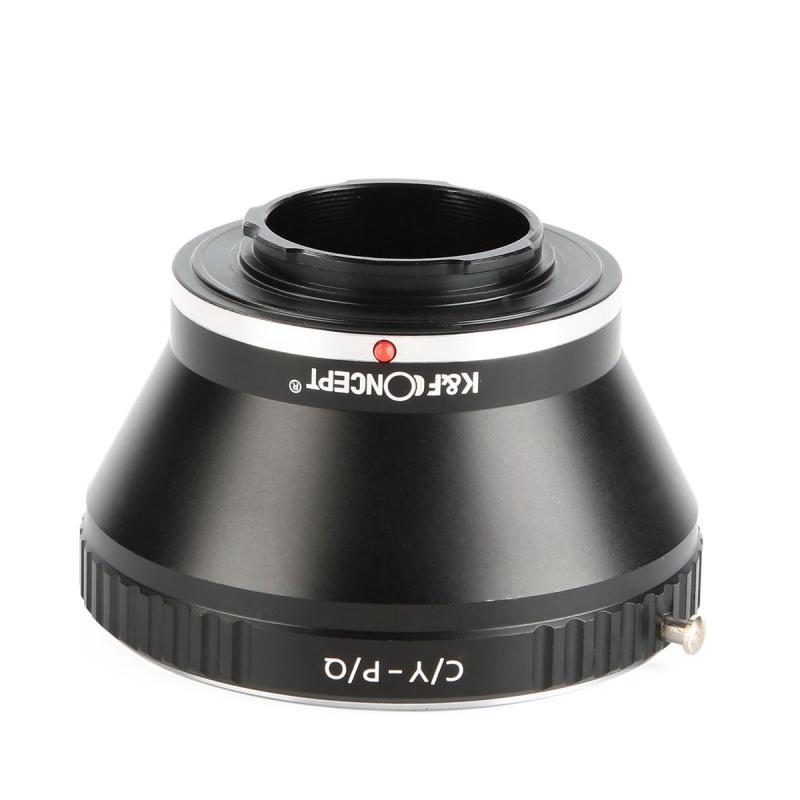
2、 Securing the mobile device onto the tripod mount
To use a DSLR tripod for a mobile device, the first step is to secure the mobile device onto the tripod mount. Most tripods come with a universal mount that can accommodate various sizes of mobile devices. Start by adjusting the mount to fit the width of your mobile device. Then, place the mobile device onto the mount and tighten the grip to secure it in place.
It is important to ensure that the mobile device is tightly secured to prevent any accidental falls or movements during use. This will help in capturing stable and steady shots. Some tripod mounts also come with additional features such as adjustable grips or rubber padding to provide extra stability and prevent any scratches on the mobile device.
Once the mobile device is securely mounted, you can adjust the tripod to the desired height and angle. This will allow you to capture shots from different perspectives and angles. It is recommended to use a remote shutter or a self-timer function on the mobile device to avoid any shake or movement caused by pressing the shutter button.
With the increasing popularity of mobile photography and videography, many tripod manufacturers have started designing tripods specifically for mobile devices. These tripods often come with features like flexible legs or compact designs, making them more portable and convenient for mobile users.
In conclusion, using a DSLR tripod for a mobile device involves securing the mobile device onto the tripod mount and adjusting the tripod to the desired height and angle. It is important to ensure that the mobile device is tightly secured to capture stable shots. With the advancements in tripod technology, there are now tripods specifically designed for mobile devices, offering more convenience and flexibility for mobile photographers and videographers.
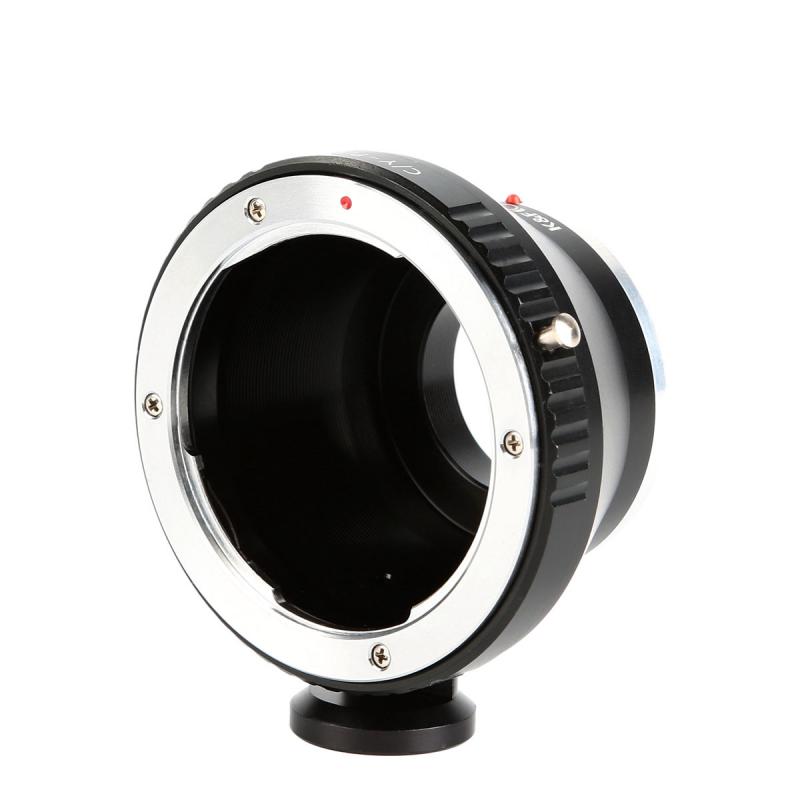
3、 Utilizing the tripod's pan and tilt functions for mobile shots
To use a DSLR tripod for mobile photography, you can follow these steps:
1. Mounting the mobile phone: Most tripods come with a smartphone mount or adapter. Attach the mount securely to the tripod head, ensuring it is stable and won't slip. Place your mobile phone into the mount and tighten it to hold the device firmly in place.
2. Adjusting the tripod height: Extend the tripod legs to your desired height. Make sure the tripod is stable and level by adjusting the leg angles and using a bubble level if available. This will help prevent any unwanted movement or shaky shots.
3. Utilizing the pan and tilt functions: Most DSLR tripods have a pan and tilt head that allows you to smoothly move your mobile phone in different directions. Use the pan function to rotate the phone horizontally, capturing wide-angle shots or panning movements. The tilt function allows you to adjust the vertical angle of your phone, enabling you to capture shots from different perspectives.
4. Locking the tripod head: Once you have positioned your mobile phone, lock the tripod head to secure it in place. This will prevent any accidental movement or shaking during the shot.
5. Remote shutter release: To avoid camera shake when capturing the photo, consider using a remote shutter release or a self-timer function on your mobile phone. This will allow you to trigger the shot without physically touching the phone.
6. Stability and balance: To ensure stability, avoid extending the tripod legs to their maximum height unless necessary. Additionally, try to balance the weight of your mobile phone by adjusting the tripod head's tension or using a counterweight if available.
With the increasing popularity of mobile photography, many tripod manufacturers now offer smartphone-specific tripod mounts and accessories. These can provide additional features such as adjustable arms, 360-degree rotation, and even Bluetooth connectivity for remote control. It's always a good idea to check for the latest advancements in mobile tripod technology to enhance your photography experience.

4、 Using the tripod's remote shutter or timer feature
Using a DSLR tripod for mobile photography can greatly enhance the quality of your shots and allow for more creative possibilities. One of the key features of a tripod is its stability, which helps eliminate camera shake and ensures sharp images. Here's how you can effectively use a DSLR tripod for mobile photography:
1. Mounting your mobile phone: Most tripods come with a smartphone mount or adapter. Attach your phone securely to the tripod head, ensuring it is stable and won't slip during shooting.
2. Adjusting the tripod height and angle: Extend the tripod legs to your desired height and adjust the angle of the tripod head to frame your shot. This allows for better composition and control over the perspective.
3. Using the tripod's remote shutter or timer feature: Many tripods now come with a remote shutter or timer feature, allowing you to trigger the camera without physically touching your phone. This helps eliminate any potential camera shake caused by pressing the shutter button. Simply connect your phone to the tripod's remote or set the timer, and then step away to capture the shot.
4. Exploring different shooting modes: With a tripod, you can experiment with various shooting modes such as long exposure, time-lapse, or low-light photography. These modes require a stable camera position, which a tripod provides.
5. Utilizing the tripod for video recording: Tripods are not only useful for photography but also for shooting stable videos. Mount your phone on the tripod, adjust the height and angle, and start recording. This allows for smoother and more professional-looking videos.
In conclusion, using a DSLR tripod for mobile photography offers stability, flexibility, and creative control. By utilizing features like the remote shutter or timer, you can capture sharp and shake-free images. So, grab your tripod, mount your phone, and start exploring the endless possibilities of mobile photography.
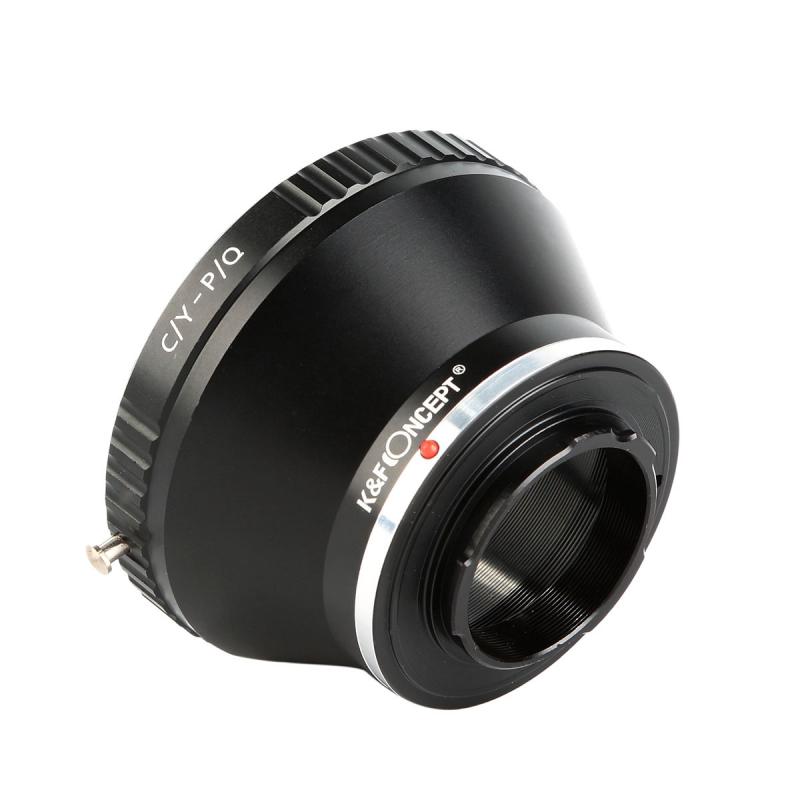




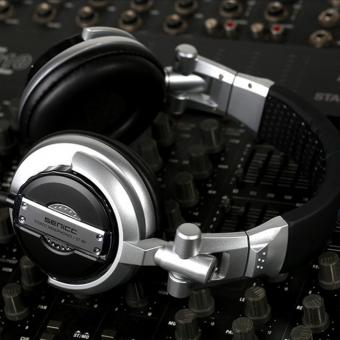
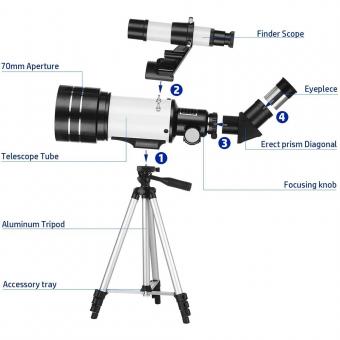


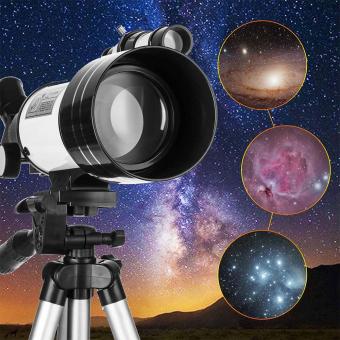


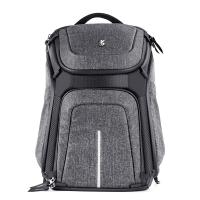



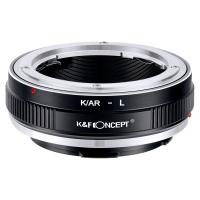
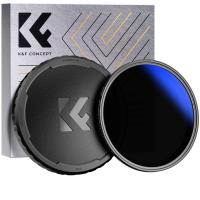


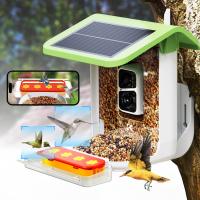


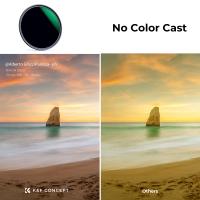

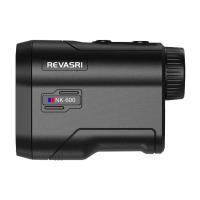

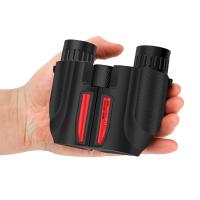



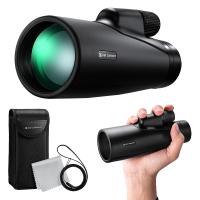
There are no comments for this blog.